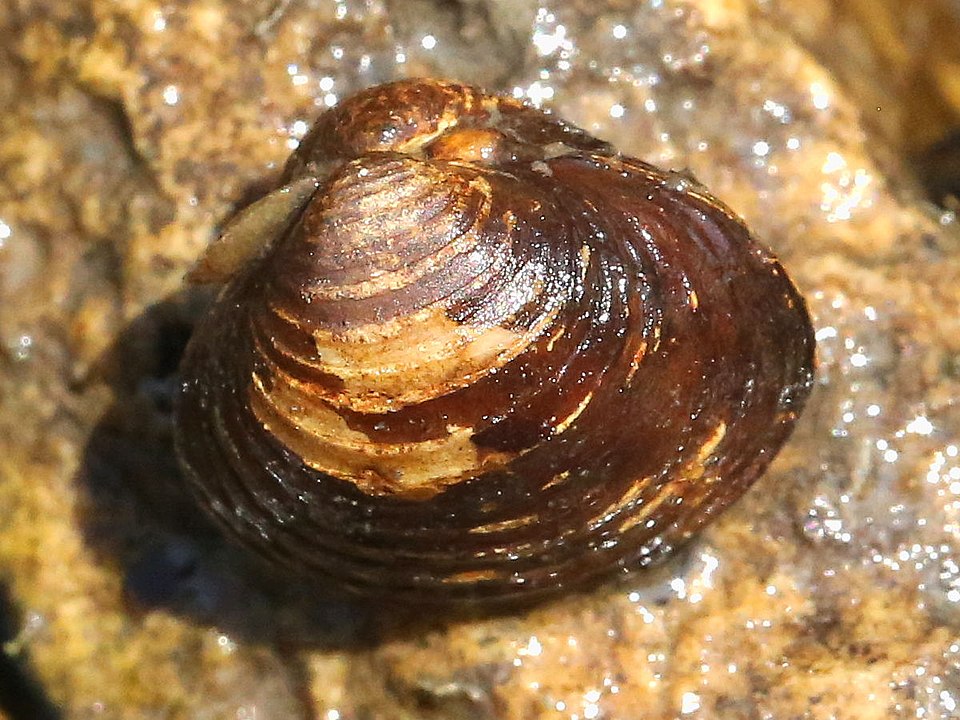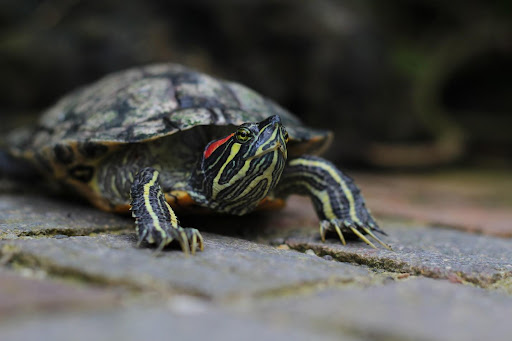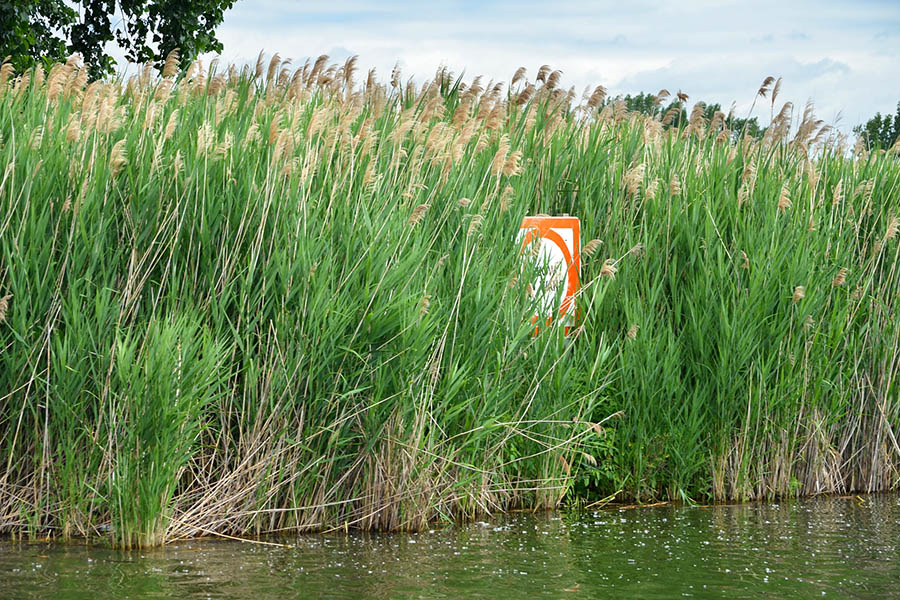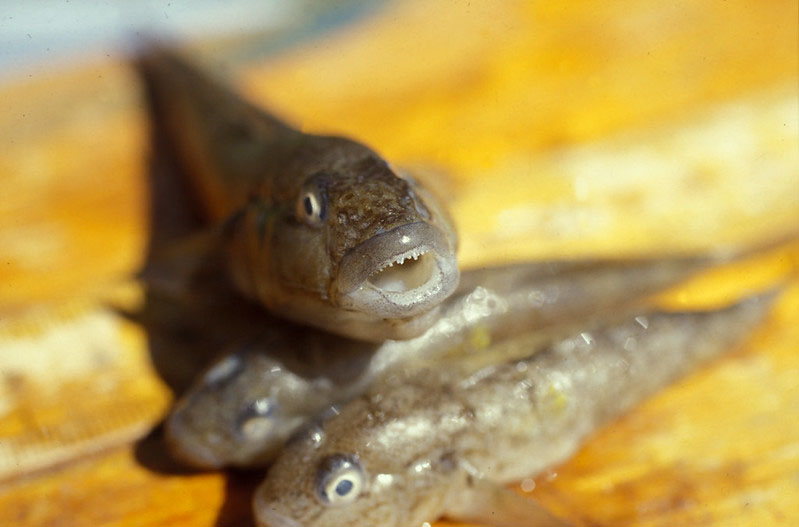Dive into our Great Lakes Lessons & Resources
Explore curated Great Lakes resources from Sea Grant and other partners.
User Tips
- Check back often as our Resource Library continues to grow!
- Resource tags include Asset Type, Topic, Grade Level, and Subject Matter.
- With More Filters, resources are also tagged by Great Lakes Literacy Literacy Principles, Great Lake connection, and partner organization.
- Use the search bar if you are looking for a particular keyword or standard.

Story Map: Managing Great Lakes Invaders
A video series and story map from GLANSIS to explore how researchers, elected officials, industry, and…

Article: A Great Lakes gold rush: Invasion of a costly clam
This article discusses the invasive golden clam, which causes great economic and ecological damage in the…

Article: Troublesome turtles: Invasive red-eared sliders in the Great Lakes
This article describes how red-eared sliders, a common species of pet turtle, have spread beyond their…

Article: No silver lining: Invasive goldfish in the Great Lakes
This article shares how common goldfish, which are often kept as pets, can become invasive when…

Article: The too-common reed? Invasive phragmites can cause serious environmental problems
This article about the common reed “phragmites” highlights how to tell native and invasive sub-species apart,…

Article: Alien Language Series Part 5 – What’s in a (species) name?
This article discusses the justification for reviewing and changing the names of certain species with culturally…

Article: Alien Language Series Part 4 – The importance of metaphor
This article explains how to effectively utilize metaphors to communicate with those unfamiliar with invasive species,…

Article: Alien Language Series Part 3 – Using controlled vocabulary to talk about invasive species
This article discusses the vocabulary used when communicating about invasive species. It includes a flow chart…

Get your feet wet by joining us for immersive learning deep dives!
CGLL provides diverse professional learning opportunities as well as unique place-based education offerings for youth. These include shipboard science experiences, shoreside events, virtual learning (both live and self-paced), and more.